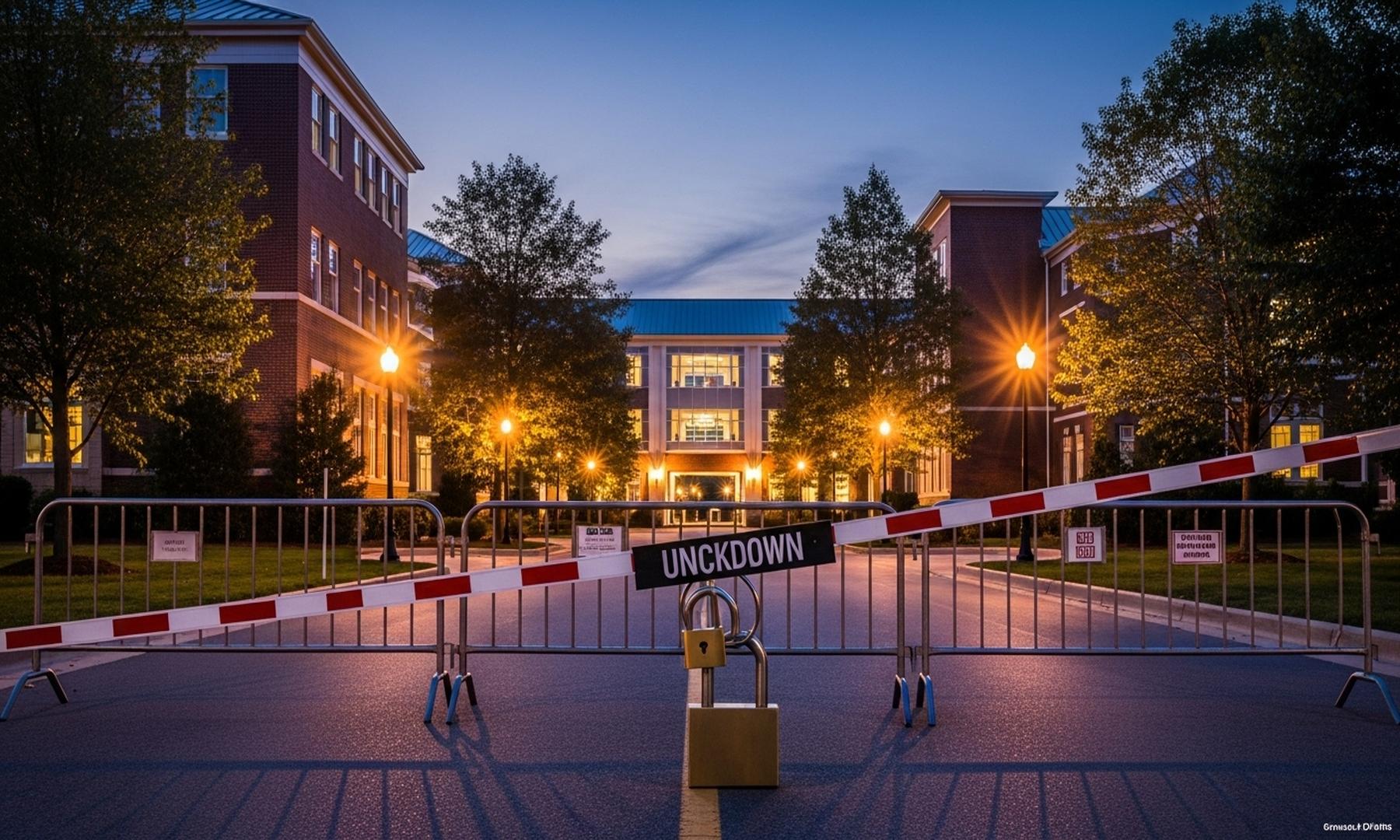What's Happening?
MIT researchers have developed a new type of concrete that functions as a supercapacitor, significantly increasing its energy storage capacity. This innovative material, known as electron-conducting carbon concrete (ec3), integrates supercapacitor electrodes into its structure, allowing it to store and release electrical energy. The latest advancements have improved the energy density of ec3 by optimizing electrolytes and manufacturing processes. This development means that structures like walls and bridges could potentially serve as large-scale energy storage systems. The research team has demonstrated that a cubic meter of this enhanced concrete can store over 2 kilowatt-hours of energy, enough to power a refrigerator for a day. The material's potential applications include coastal and marine structures, where it could support offshore wind farms.
Why It's Important?
The development of ec3 represents a significant step forward in sustainable construction and energy storage. By integrating energy storage capabilities into concrete, a widely used construction material, this technology could revolutionize how energy is stored and utilized in infrastructure. This innovation could reduce reliance on traditional batteries, which often involve scarce or harmful materials, and support the transition to renewable energy sources. The ability to store energy in building materials could lead to more resilient and self-sufficient infrastructure, particularly in areas prone to power outages or with limited access to the grid. Additionally, the use of seawater as a viable electrolyte opens up possibilities for ec3's application in marine environments, further expanding its potential impact.
What's Next?
The research team is exploring various applications for ec3, including its use in parking spaces and roads that could charge electric vehicles, as well as homes capable of operating off the grid. The potential for ec3 to serve as a self-monitoring material, providing real-time data on structural health, is also being investigated. This could lead to smarter infrastructure that not only stores energy but also monitors its own condition, enhancing safety and maintenance efficiency. As the technology progresses, further research and development will focus on scaling up production and integrating ec3 into existing construction practices.
Beyond the Headlines
The integration of energy storage into concrete could lead to a paradigm shift in architectural design and urban planning. By combining modern nanoscience with traditional building materials, ec3 offers a new approach to sustainable construction. This development aligns with global efforts to reduce carbon emissions and promote renewable energy, potentially influencing policy and industry standards. The multifunctional nature of ec3 could inspire further innovations in material science, encouraging the development of other construction materials with integrated functionalities.












